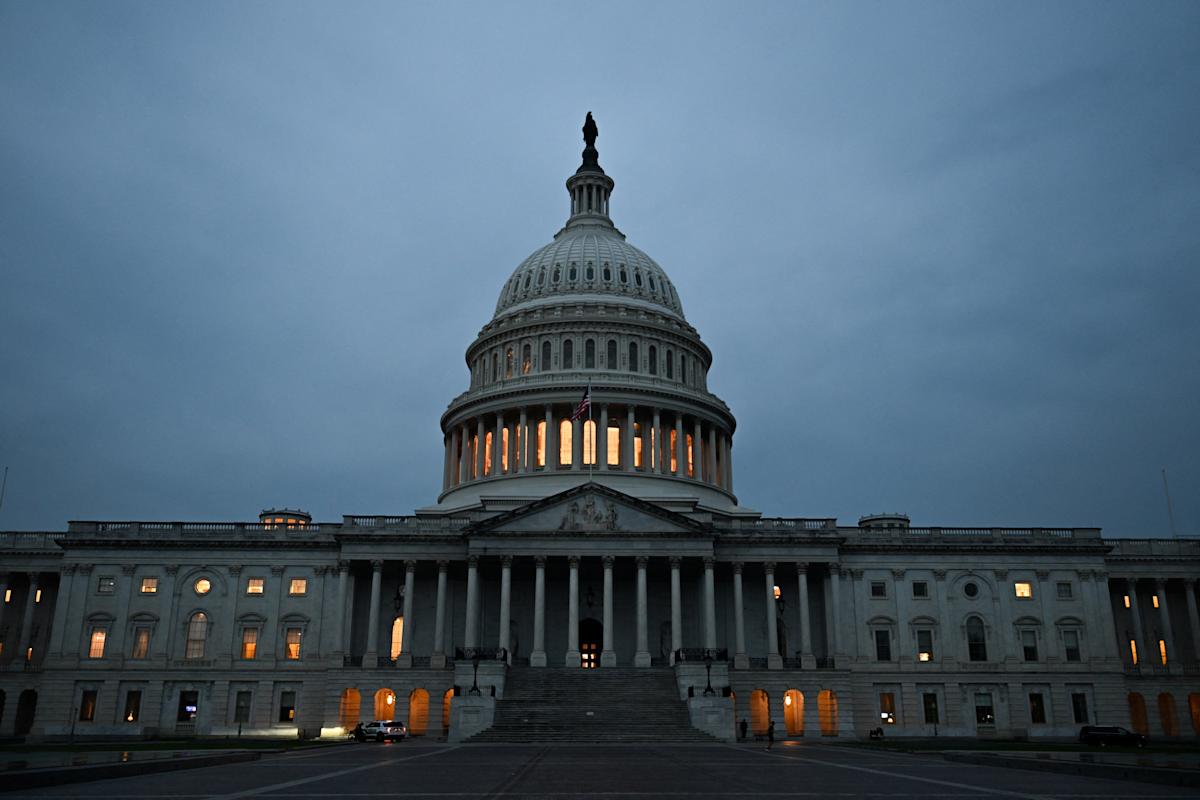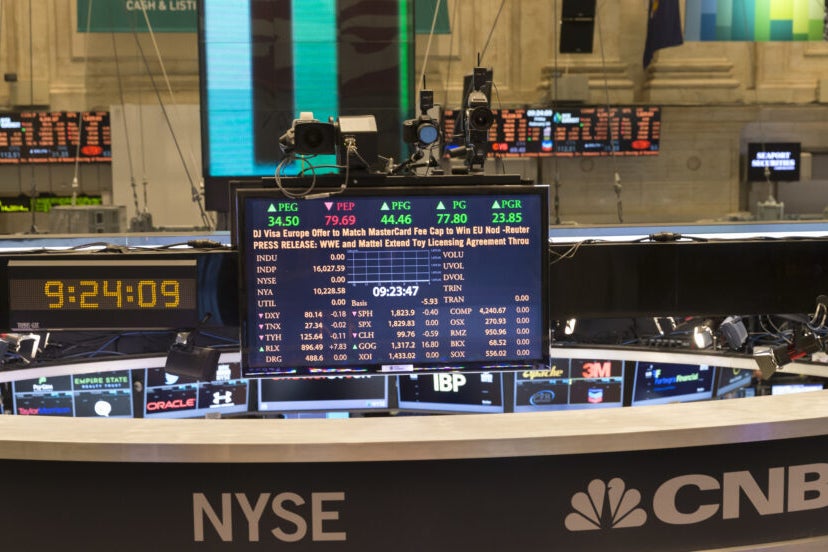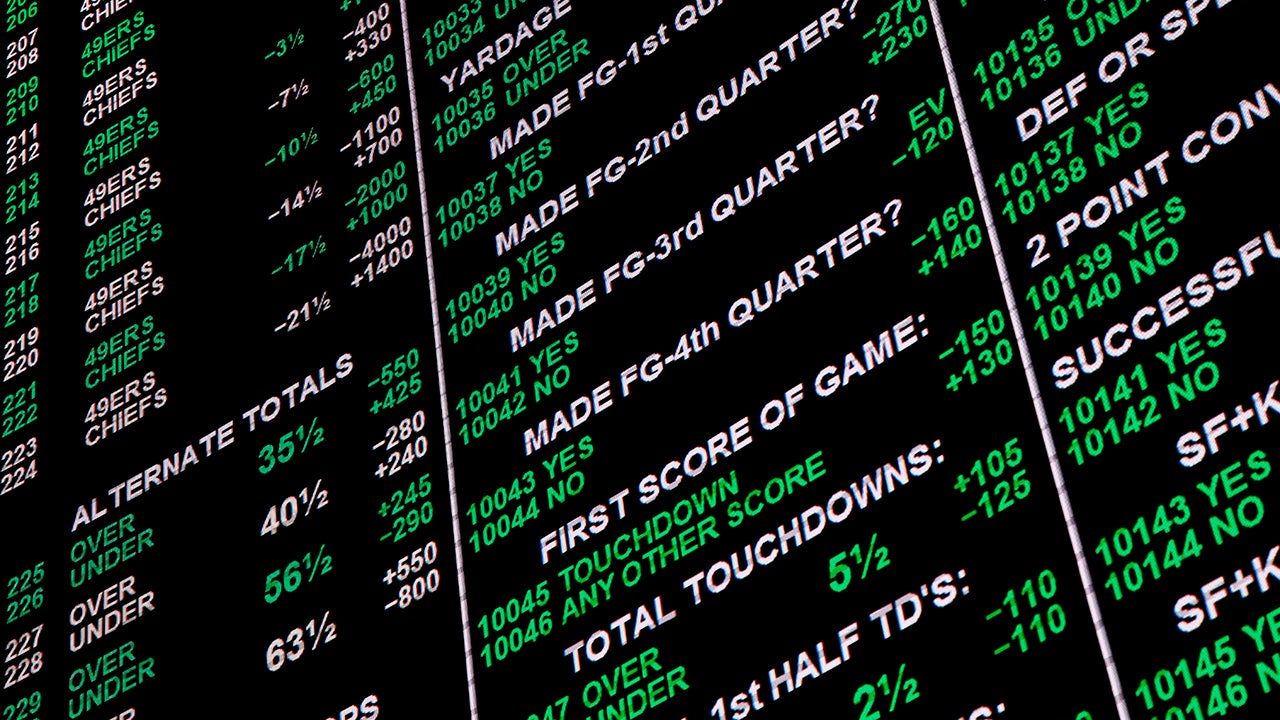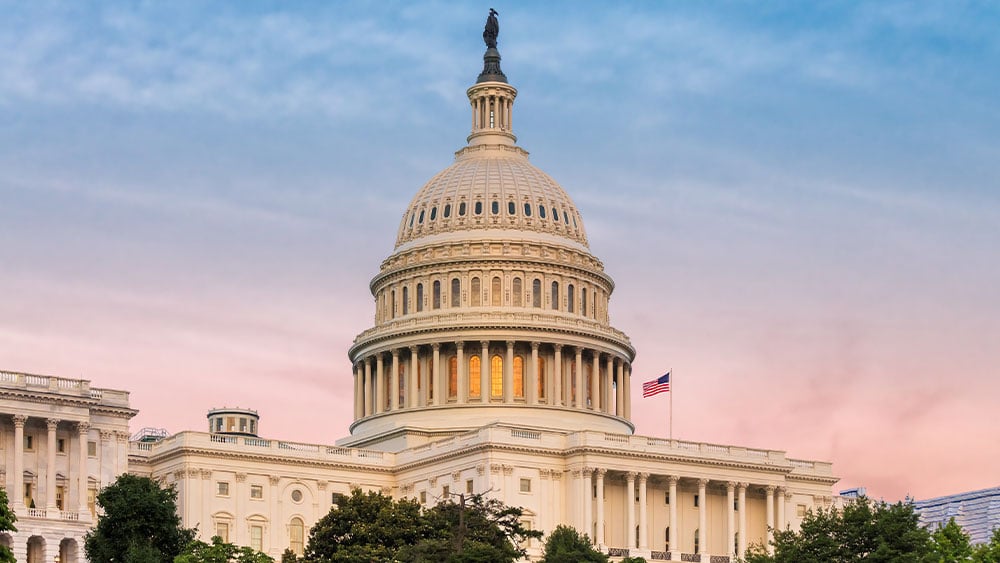PepsiCo Reports Strong Q2 Earnings Amid Lower U.S. Sales

Q2 Performance Overview
PepsiCo reported better-than-expected earnings and revenue for the second quarter, surpassing analyst forecasts. Revenue for the quarter rose by 1% to $22.73 billion, beating Wall Street's expectations of $22.28 billion. Adjusted earnings per share came in at $2.12, higher than the anticipated $2.03. Despite these positive results, PepsiCo faced a decline in North American sales, with snack volumes dropping 1% and beverage volumes shrinking 2%. However, international markets such as Latin America and Asia showed stronger performance, helping to offset the domestic downturn. The company attributed its resilience to strategic pricing and product diversification efforts.
Strategies to Combat Domestic Sales Decline
In response to weaker demand in North America, PepsiCo is focusing on product innovation and catering to evolving consumer preferences. The company is expanding its portfolio to include healthier and multicultural options, such as protein-based snacks and prebiotic sodas like Poppi. Additionally, PepsiCo is working to ensure better in-store availability and optimize product placement to capture more consumer attention. Pricing strategies are also being adjusted to offer more affordable options that appeal to cost-conscious shoppers. These efforts aim to stabilize domestic sales while maintaining competitiveness in the market.
Full-Year Guidance and Market Outlook
PepsiCo reaffirmed its full-year outlook, projecting a smaller-than-previously-expected decline in core earnings per share, now estimated to fall by 1.5% instead of the earlier forecast of a 3% drop. This improvement is attributed to moderating foreign exchange headwinds and a weakening U.S. dollar, which have provided some relief to the company’s financial performance. To address cost-conscious consumer behavior, PepsiCo is focusing on providing value-driven options without compromising on quality. The company remains optimistic about maintaining market share and navigating economic challenges through strategic adjustments and a diversified product lineup.
 Sources
Sources- PepsiCo earnings beat estimates U.S. demand falls
 cnbc
cnbc - PepsiCo posts better-than-expected second quarter despite lower sales
 yahoo
yahoo - PepsiCo posts surprise Q2 revenue beat, expects smaller drop FY core profit
 yahoo
yahoo
 Keep Reading
Keep ReadingAbout the author

Top News
Related Articles
Latest Newswire
- PepsiCo earnings beat estimates U.S. demand falls
 cnbc
cnbc - PepsiCo posts better-than-expected second quarter despite lower sales
 yahoo
yahoo - PepsiCo posts surprise Q2 revenue beat, expects smaller drop FY core profit
 yahoo
yahoo





















